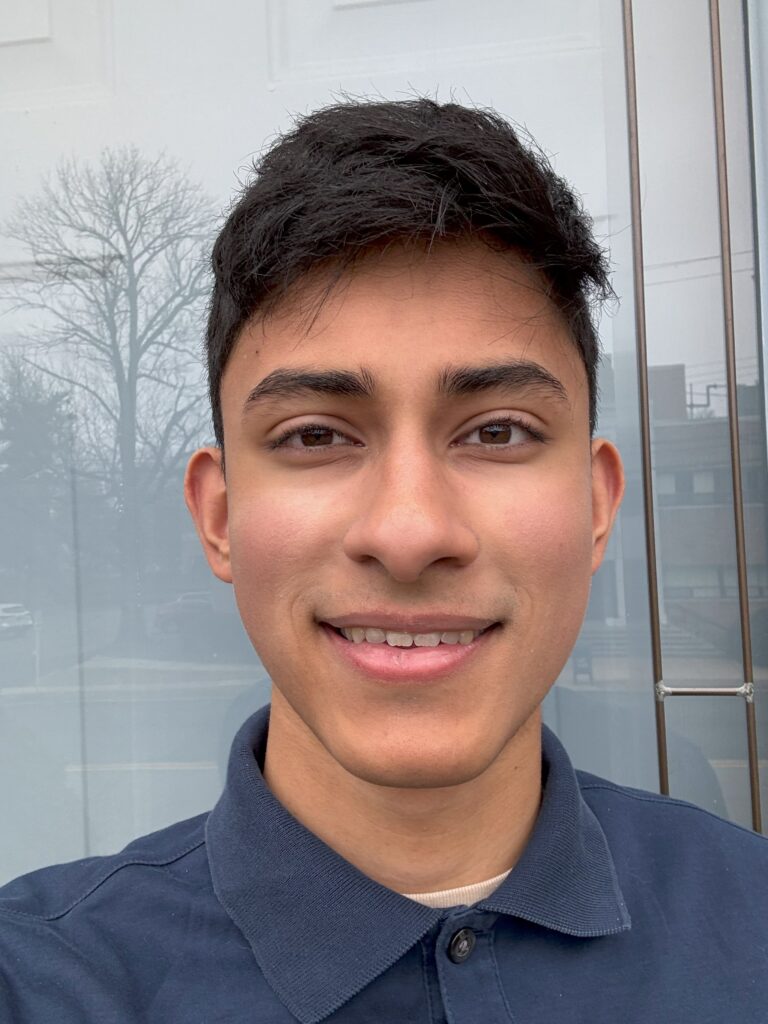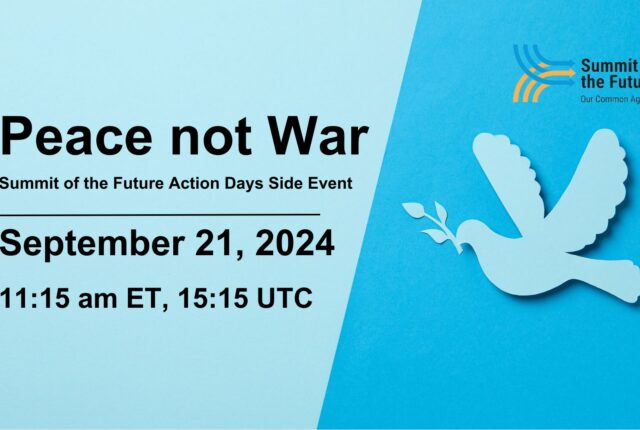By Ishaan Bharadwaj, Youth Eco-Ambassador, Center for Sustainable Development, Columbia University, 11th Grade
I recently had the amazing opportunity to co-moderate a session discussing key initiatives in Education for Sustainable Development (ESD), where we explored how to better engage youth and bridge the gap between policy design and real-world impact. I wanted to reflect on two unique interventions of the discussion that portray the diverse ways ESD can be made more actionable, inclusive, and grounded in community realities.
One of the interventions that really stood out to me was the Green Olympiad taking place in India and other countries. The Green Olympiad, hosted by The Energy and Resources Institute (TERI), gives “students a chance to enhance their understanding of environmental issues, and also get involved in other activities that empower them to work towards a sustainable future” through an annual exam. Unlike traditional exams, this more flexible, informal approach is very empowering for students. First, the examination is conceptual and application-based–students learn through analyzing real-world problems rather than hyper-focusing on memorizing incoherent information. Next, the exam encourages continued participation through tailored formats for different age groups. Exams for younger students focus on the world around them; exams for older students focus on green skills, job opportunities, climate justice, and intergenerational bonds; and exams for young adults focus on real application and community action. This tool allows students to become aware of sustainability issues, adopt sustainable behaviors, and ultimately influence society positively. Finally, the Green Olympiad is endorsed by leading environmental education ministries, therefore establishing strong partnerships and networks that are crucial for real impact. I think this is lacking in many regions, including the United States, where sustainable development Olympiads or activities are often seen as “optional” or “extra,” and not endorsed nor prioritized by policymakers, schools, or principals–tying into the theme of the necessity of whole-school approaches discussed extensively in this session.
Another transformative intervention discussed was the proposal to reframe Education for Sustainable Development (ESD), explicitly focusing on youth-led innovation. The definition of innovation in the paper stood out to me– it specifically did not limit innovations to technoscientific ones, but included sociocultural solutions as well. In a hyper-focused STEM environment, policy and social reform solutions are less sought after by funders and policymakers. However, they are equally, if not more important, as these solutions will catalyze widespread global change and implementation of sustainability.
The theory of change for empowering youth-led innovation really stood out to me as transformative and necessary for change. A foundational step in this theory of change is the idea of connecting youth with institutional agents, including educators, mentors, and those who are willing to share their knowledge to support youth development. It is paramount that agents have the desire to reach out and help youth grow as sustainable leaders—something I see lacking. Next, the restructuring of the top-down approach of viewing educators and students, and instead viewing students as co-leaders, contributes to the idea of radical collaboration and intergenerational knowledge exchange. I found this empowering because current systems allow a one-way flow of ideas from educator to student. While students may explore ideas, that’s often where it ends. Emphasizing youth-led innovation is a vital medium for students to create real-world applications of sustainability practices to influence society positively, and is indispensable for creating future sustainability-driven entrepreneurs.

Ishaan Bharadwaj is a junior at Millburn High School. He focuses on science research to find solutions for plastic consumption. His most recent research at Columbia University involved analyzing biodegradation of polymers. He has been a part of the Millburn Eco Ambassador program with Columbia University since 2018. Starting in middle school, he became involved with climate action initiatives in his community, awareness building campaigns, and has co-founded podcasts on related topics. Ishaan leads initiatives such as the SDG club and the Environmental club at his school.



